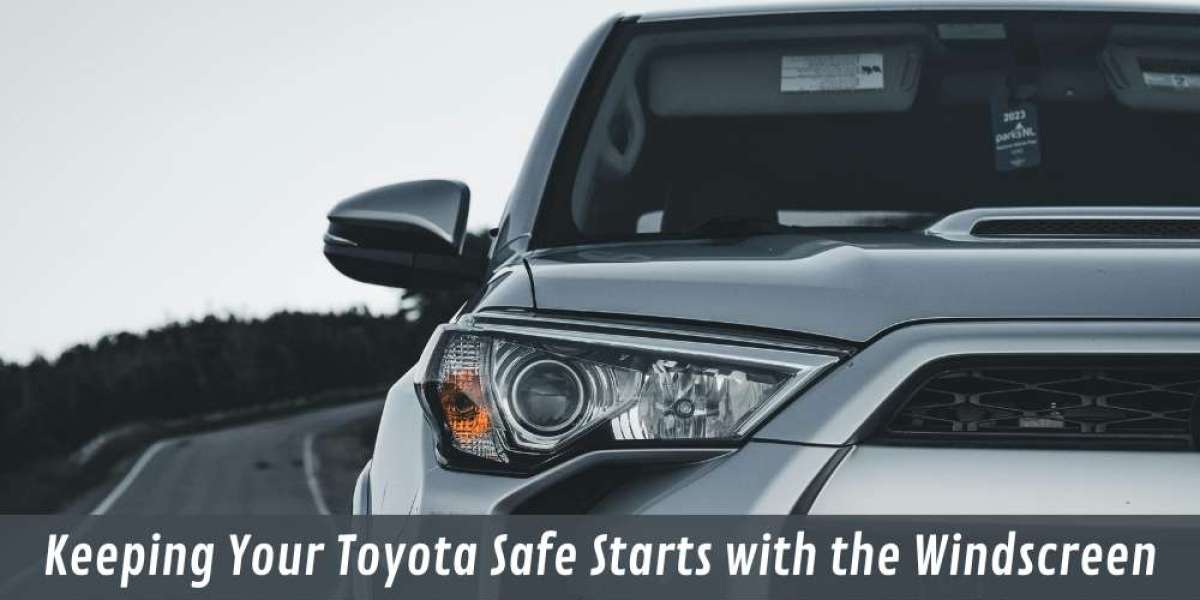A cracked Toyota windscreen isn’t a small nuisance; it’s a safety risk that grows with every bump, heatwave, and cold snap. Chips spread, vision warps, and the cabin’s structural strength takes a hit. On modern Toyotas — workhorses and commuters alike — the glass is part of the safety system, anchoring airbags and housing driver-assist cameras. That’s why calling on Toyota Hilux windscreen specialists matters early. They understand the precise curvature and bonding compounds Toyota designs demand, ensuring each replacement supports structural integrity and sensor accuracy. A quality replacement restores clarity, keeps technology in sync, and makes sure the car protects you the way it was built to — wherever you drive.
How important is a correctly fitted Toyota windscreen?
Correct fitting is vital because it preserves structural integrity and ensures your car’s safety features behave as designed. A windscreen that’s even slightly misaligned can compromise camera calibration and lead to leaks, wind noise, or glass stress over time.
When bonded square and true, the body shell regains its full stiffness, and driver-assist sensors remain perfectly aligned. Adhesive quality, primer use, and curing times all play a part. That’s where specialists stand apart — they don’t just fit the glass, they calibrate the technology. Teams performing advanced windscreen calibration steps know exactly how to reset sensors so lane-keeping and collision alerts stay accurate after a replacement.
- Proper bonding sustains airbag support
- True alignment reduces optical distortion
- Correct primers prevent rust at the pinch-weld
By taking that precision-driven approach, owners can drive away confident their windscreen won’t just hold firm — it’ll help their Toyota perform safely for years.
What does a quality Toyota windscreen replacement involve?
A proper Toyota replacement starts with inspection — confirming whether a repair will do or a full replacement is needed. Technicians then remove the damaged screen with precision tools to prevent paint scratches or frame warping. Once the area is clean and primed, factory-spec adhesive and glass are fitted to the manufacturer's tolerances.
Unlike DIY fixes or budget jobs, professionals also recalibrate the sensors behind the glass. This ensures every driver-assist function, from lane tracking to smart braking, works exactly as it should. With modern Toyotas relying heavily on camera alignment, even a small offset can cause false alerts or missed hazards. That’s why experience and process matter just as much as the glass itself.
When should Toyota owners book a replacement?
Owners should act as soon as cracks extend or chips sit within the driver’s sweep zone. Waiting too long risks sudden shattering from temperature swings or road vibration. A secure, clear windscreen isn’t just about appearance — it’s part of the car’s crash structure and safety net.
Knowing what to expect from the process helps drivers make the right call. Reading up on Toyota windscreen replacement essentials gives a clear view of timing, curing, and calibration needs before booking in. It’s better to plan a half-day repair than face compromised visibility or costly body damage later on.
Conclusion
Replacing Toyota glass isn’t just about fixing a crack — it’s about keeping every safety feature and structural element working as intended. By choosing skilled specialists and acting early, drivers protect not only their windscreens but their confidence on every trip. Clear vision, solid bonding, and calibrated tech make all the difference where it counts most — on the road.



